This post may contain affiliate sales links. Please read my disclosure policy.
Flakey, delicate and oh so buttery, this authentic Parisian Croissant recipe is quite the special treat. Whether you’re making a batch for the holidays or just feel like indulging, this is the ultimate croissant recipe. Enjoy alone or pair with some hot chocolate, quiche or eggs benedict.

Les Croissants!
Today, I am so excited to be sharing this Croissant recipe! I have had this particular recipe in my recipe box ever since I got home from Paris nearly five years ago! Why it took me 5 years to find the time to make these croissants, I’ll never know. But I’m so thrilled to be sharing this recipe with you today.
I’ve been testing and re-testing this recipe to ensure nothing was lost in translation. Ingredients are not considered equal when you’re comparing France to America. I tried to do my best to get these homemade croissants as close to the ones I had in Paris with the ingredients found here in the States. If you’re willing to go through the trouble to make these start to finish, do yourself a favor and get the recommended ingredients.

European Butter vs American Butter
In my recipe, I recommend using European Butter. Why? Because European Butter has a higher fat content (82% or higher). European butter melts faster and looks more yellow because it’s ‘cultured’. You get more of that typical butter flavor from cultured butter. This means flakier, richer, more buttery-tasting croissants.
American butter (with sweet cream, salted or unsalted variations) is 80% fat and is ‘uncultured’. This means it offers more of a neutral flavor. While this butter is great for just about every kind of dessert, for croissants in particular, I recommend European Butter.
Yes, you still can use American Butter in this recipe and have no problems. Just know they could be even more buttery (in taste and texture) using European butter.
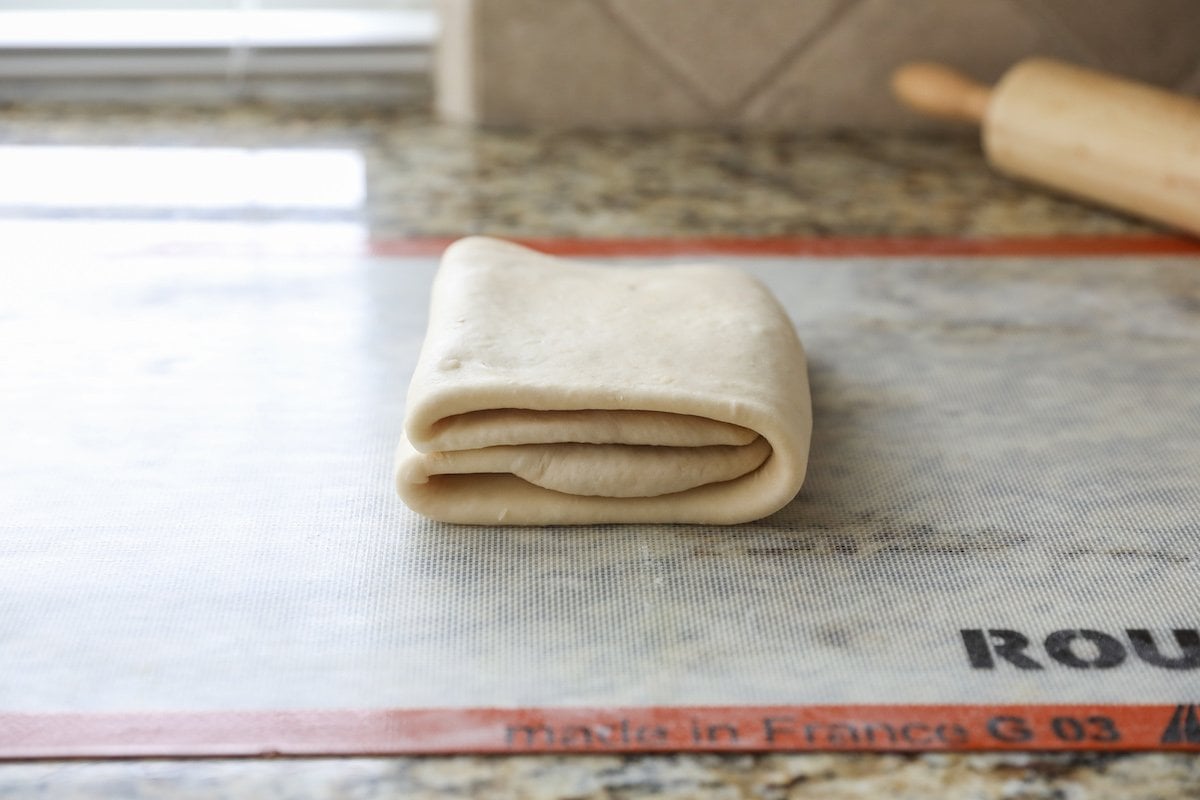
Bread Flour vs. All Purpose
My recipe from Paris called for bread flour in making the detrempe (dough portion of this recipe). Problem is France’s bread flour and America’s bread flour are not considered equal. Also, it didn’t make sense to me to use bread flour for a pastry like croissants. You want it to be tender, buttery and flakey, not chewy or bread like. We’re making croissants, not pizza dough.
So, I did test this recipe twice with American bread flour and while it yielded great croissants, the dough was harder to work with. So, all purpose flour is the recommended flour. You can even use pastry flour if you’re worried about protein content, but as long as you’re not kneading the dough too much, you should be fine using unbleached all purpose.
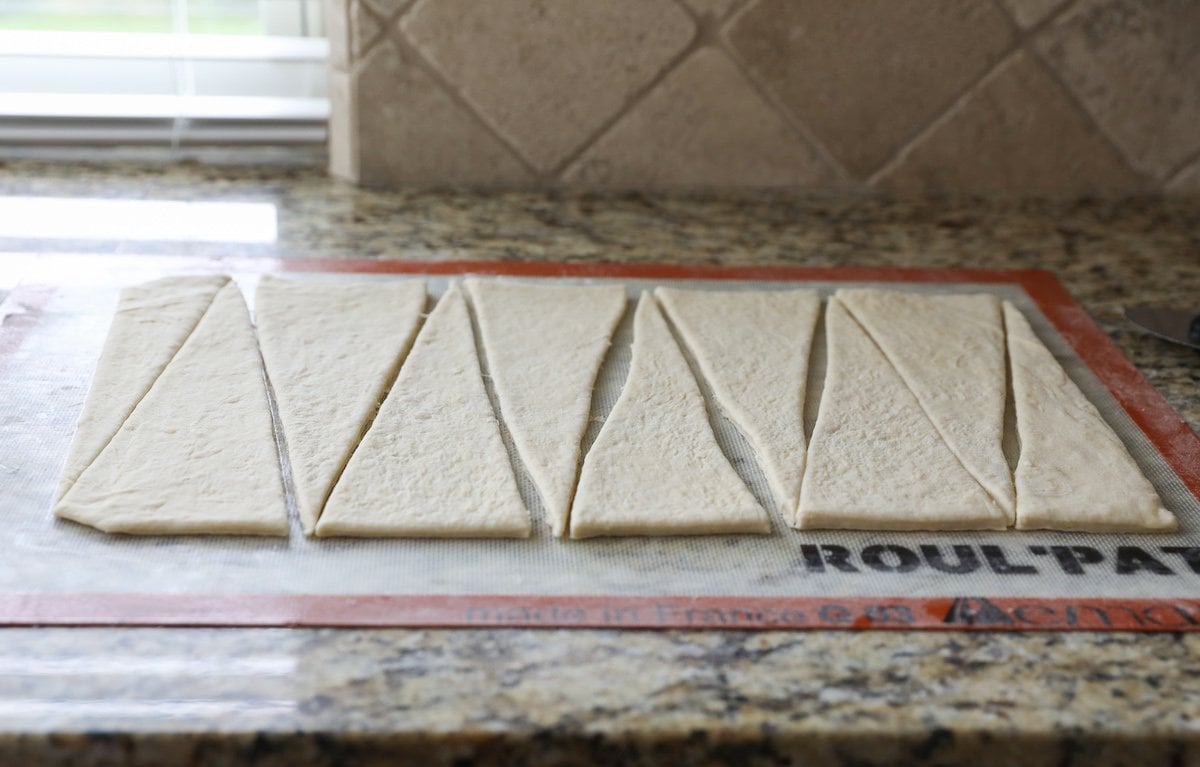
Yes, You Should Weigh Your Ingredients
Now, as you will quickly realize, this recipe is in grams! Ah, the metric system. I grew up in Canada and speak both metric and imperial, but for the purpose of this recipe, I’m keeping it as authentic as possible and sticking with grams. Most kitchen scales sold in the states have the option of switching between ounces and grams, so no need to worry.
Yes, you will need to use a kitchen scale for this recipe. I only say that because I care. If you want amazing homemade croissants that taste like they came straight from Paris, you need to measure your ingredients by weight. There is trust and accuracy in the scale. I know its annoying but you won’t be sorry! (This is the scale I own and used for testing this recipe.)
I did put imperial measurements in the recipe card, but keep in mind these are estimations. Since everyone measures everything differently (especially flour), I can’t really guarantee success if you’re using those measurements, but they should get you really close!
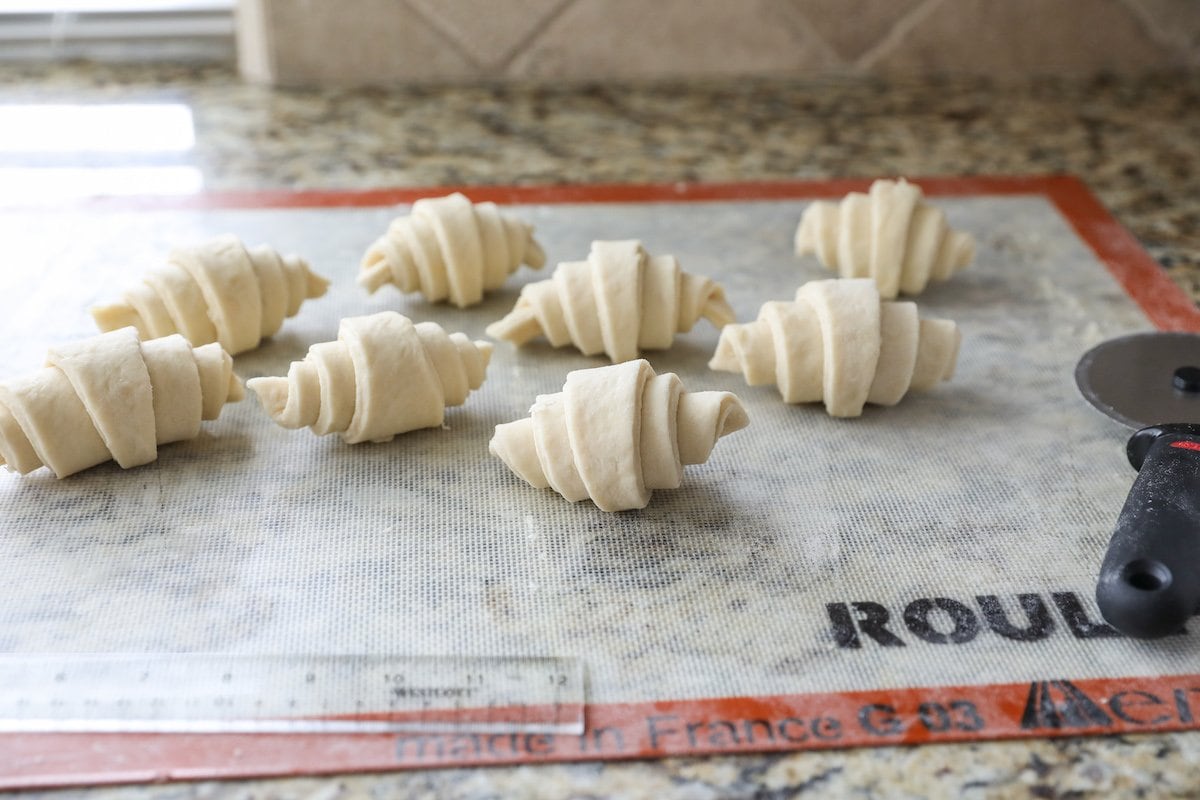
How to Make Croissants
This recipe is extensive and takes some time. You can expect two days. This is a reason why lots of people don’t make any kind of croissant recipe at home. It takes time! But the results are BOMB. Here is the basic run-down and what you can expect. There are LOTS of step by step photos and details in the recipe card below.
Make the Detrempe
First thing to do is make the dough that you will use to laminate with the butter. This is a simple yeasted dough made with flour, water, yeast, salt, sugar and melted butter. Rise 30 minutes on the counter and then refrigerate.

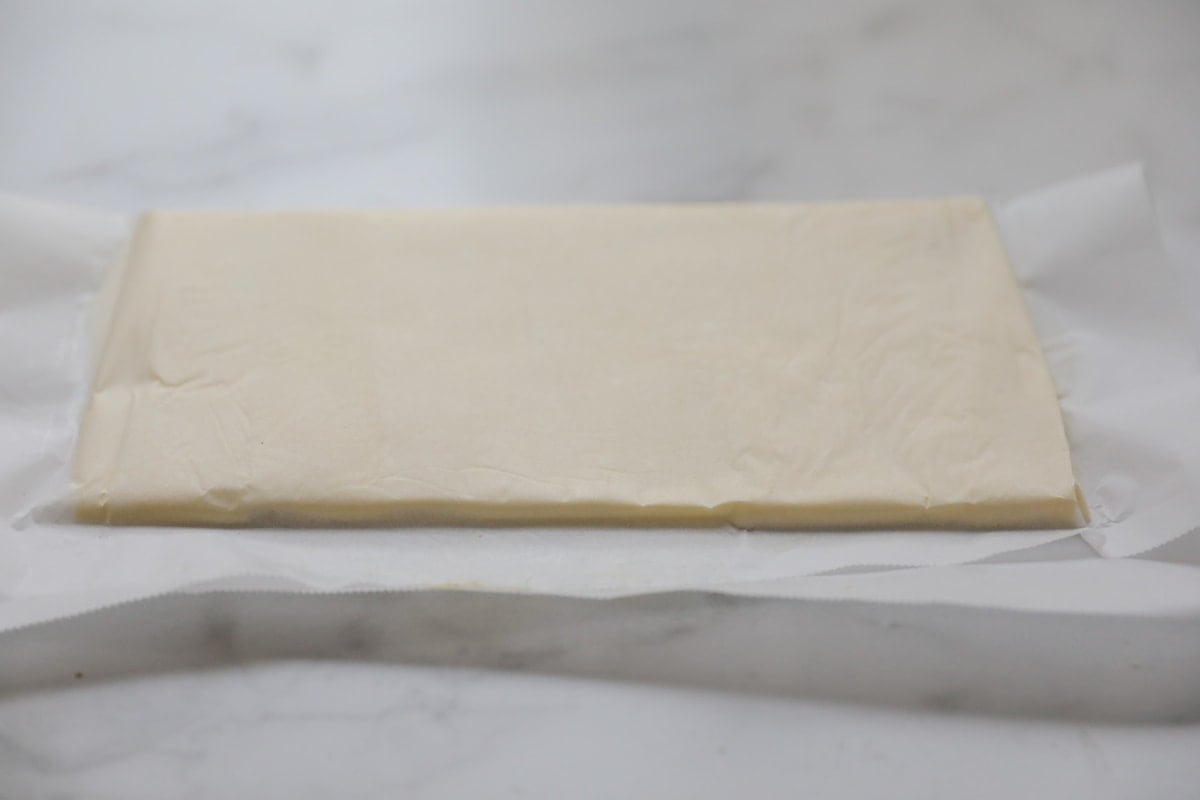
Make the Butter Block
Using cold butter, sandwich the needed amount between two sheets of parchment paper and press (or bang) it out into a 30 cm x 15 cm rectangle. I find using a bench scraper works great to even out the edges within the parchment paper without getting it dirty. Refrigerate.
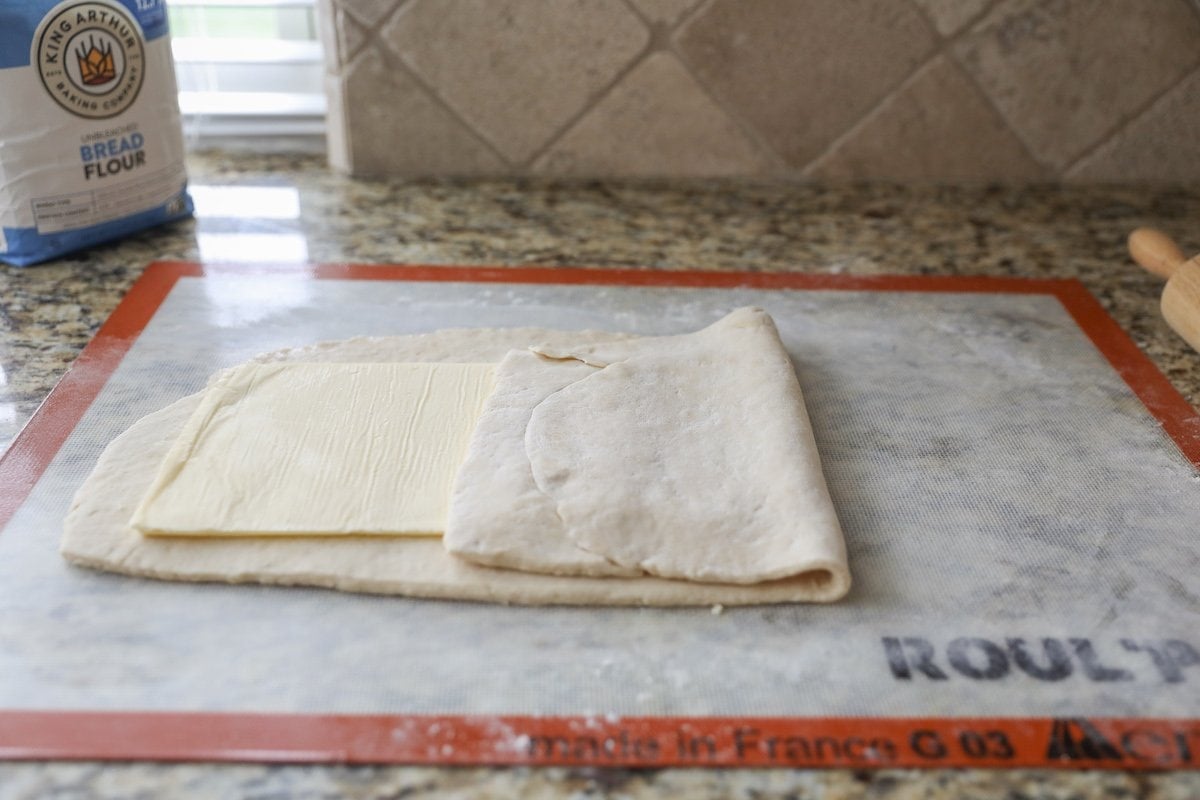
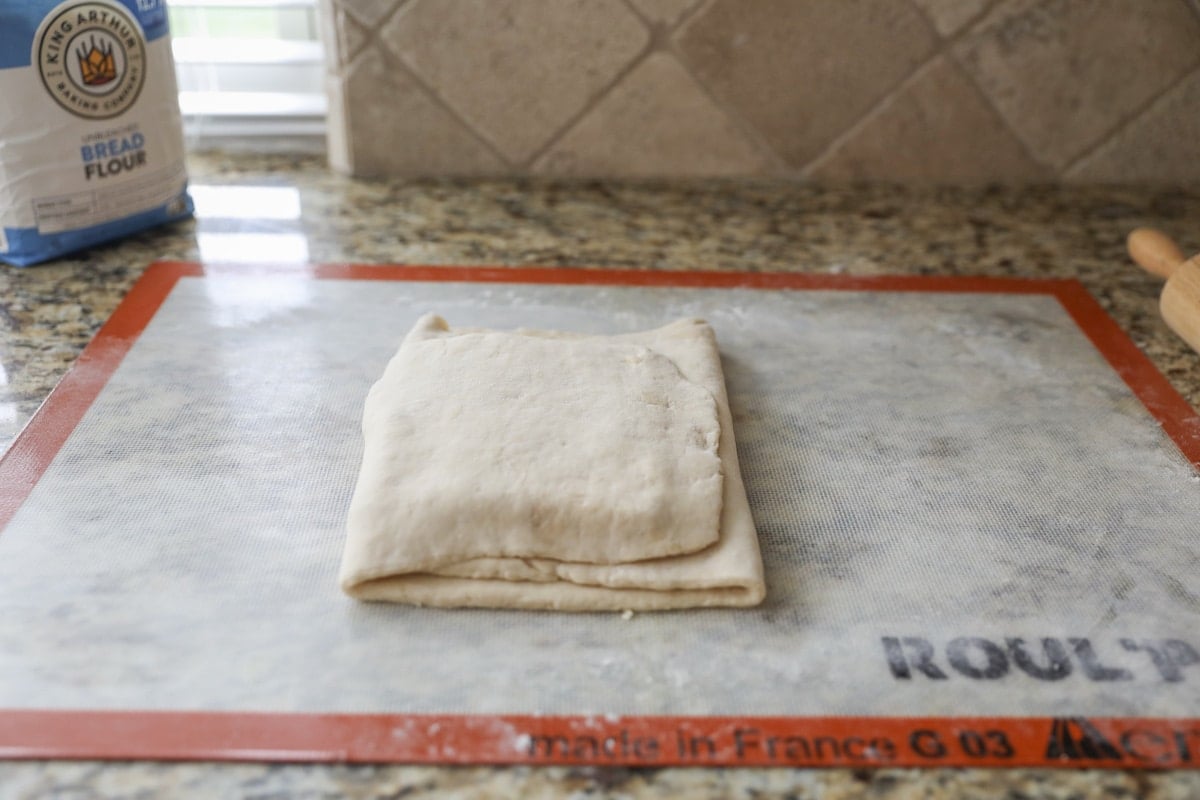
Starting the Tourage (laminating process)
Once your dough and butter block are cold, you’ll roll the dough out to a rectangle approximately 50 cm x 17 cm. A little larger is fine! You just want to make sure the butter block will fit onto the dough and have one side be able to fold overtop of the butter block. Fold into three so you have five total layers: dough, butter, dough, butter, dough. Roll out to be a large rectangle and then create a double fold or book fold: fold the two edges in towards the center and then fold those edges in again. Wrap in plastic wrap and refrigerate 1 hour.


Roll and Fold
To create more layers, roll rested dough out to a rectangle and fold another double fold or book fold. Wrap in plastic wrap and refrigerate 1 hour.
Shape Croissants
Roll dough out to be a 4 mm thick rectangle, approximately 50 cm x 25 cm. Trim any extra dough to make the rectangle as accurate as possible. Cut triangles that are 10 cm wide and 25 cm long. You should get 10 full size with a few smaller ones made with scraps of dough. Roll triangles into croissants and place onto baking sheets.
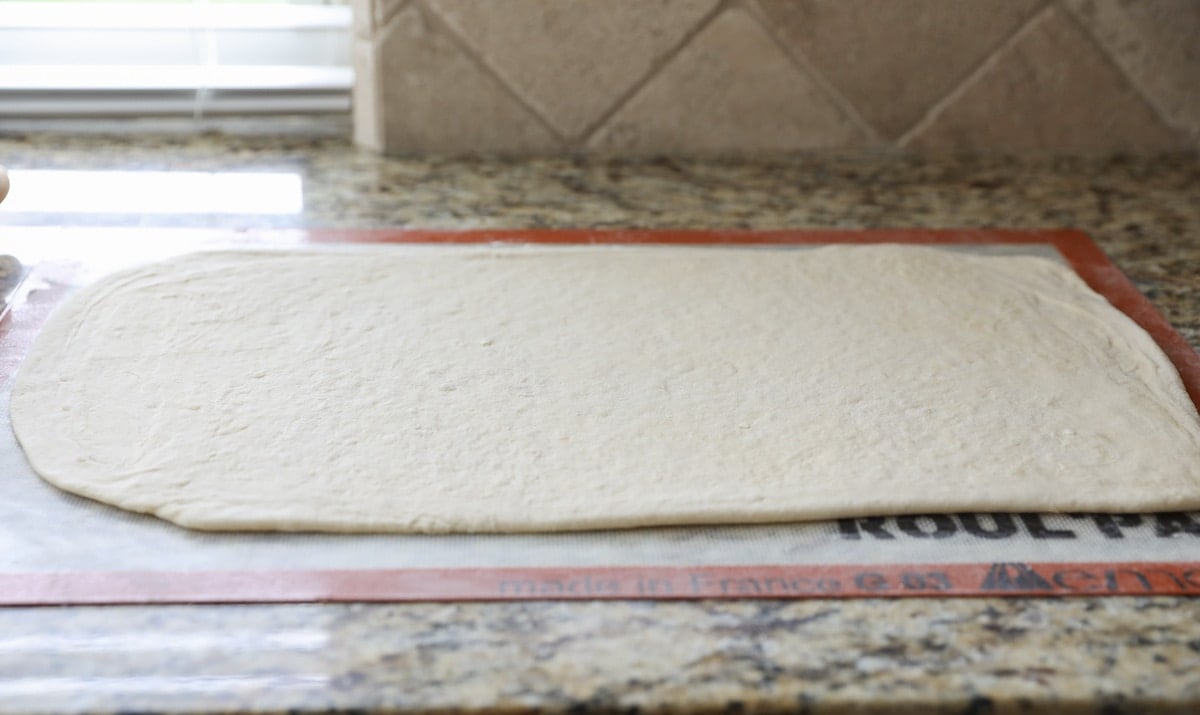

Rising
Brush croissants with beaten egg and rise 2 to 3 hours or until croissants look and feel puffy and have doubled in size.
Baking the Croissants
Brush Croissants with more egg wash and bake at 400 degrees for 15 to 20 minutes or until golden brown in color, including the creases. Remove from oven and transfer to cooling rack. Enjoy warm or at room temperature.
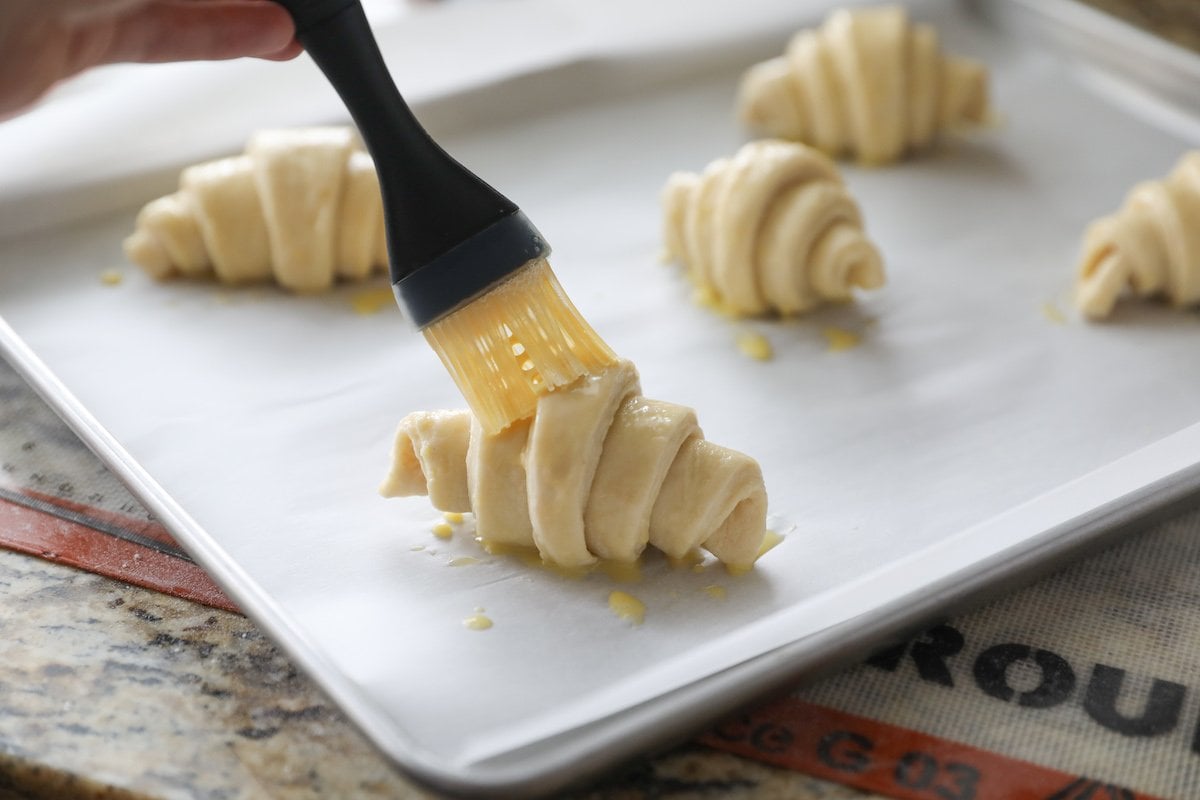
Can you Freeze Croissants?
Yes, you absolutely can freeze this croissant recipe. If you’re going to go through the trouble to make these from scratch, storing extra dough in the freezer is an important step. This allows you to pull them out and bake at your leisure to enjoy a fresh croissant whenever you want. There are two main spots you can stop and freeze your dough.
The first spot you can stop and freeze your croissant dough would be after you’re done all the folds and right before you’re about to pull it out to roll and form croissants. Instead of doing that, wrap it well and freeze for up to two months. Transfer to the fridge for 24-48 hours to defrost, then roll, form into croissants and bake.
The second spot (and recommended spot) to stop and freeze your croissants would be after you’ve formed them into their classic shape and before you’ve let them rise. Don’t give them an egg wash, but instead carefully place them into the freezer on their baking sheets. After 1-2 hours, they should be solidly frozen and you can transfer them to an airtight container and store in the freezer for up to two months. To bake, simply place frozen croissants onto baking sheet to defrost and rise. Once they’ve doubled in size, you can bake and enjoy.

Other French Recipes You Will Love
I hope you all enjoy this Croissant recipe as much as me and my family did! Be sure to pin/print/save/bookmark this one because it’s certainly a good one. Have a great day, friends!

Authentic Parisian Croissant Recipe
Ingredients
For the Detrempe (dough)
- 500 grams all purpose flour scant 4 cups
- 10 grams salt approximately 2 teaspoons
- 70 grams granulated sugar approximately 6 tablespoons
- 10 grams instant dry yeast approximately 4 teaspoons
- 230 grams warm water approximately 1 cup
- 50 grams melted butter cooled, approximately 2 tablespoons
For the Butter Block
- 250 grams European butter unsalted, approximately 1 cup + 2 tablespoons
Instructions
- Using a rolling pin and parchment paper, pound the butter into a thin rectangle 30 cm x 15 cm. )I find using a bench scraper works great to even out the edges within the parchment paper without getting it dirty.) Refrigerate.
- Proof yeast in warm water. In a separate large bowl, add flour, salt, sugar and melted butter. Stir in proofed yeast and water. Knead gently to create dough. Cover with plastic wrap and rise 30 minutes on the counter and then refrigerate for a minimun of 2 hours (but up to 6 hours.)
- Once dough and butter block are cold, roll the dough out to a rectangle approximately 50 cm x 17 cm. (A little larger is fine and normal.) Place butter block onto one side of the dough. Fold extra dough overtop of the butter block to cover half of the butter.
- Fold other side with butter and dough overtop the first fold. You should have five total layers: dough, butter, dough, butter, dough.
- Roll out to be a large rectangle and then create a double fold or book fold: fold the two edges in towards the center and then fold those edges in again. Wrap in plastic wrap and refrigerate 1 hour.
- To create more layers, roll rested dough out to a rectangle and fold another double fold or book fold. Wrap in plastic wrap and refrigerate 1 hour.
- Roll dough out to be a 4 mm thick rectangle, approximately 50 cm x 25 cm. Trim any extra dough to make the rectangle as accurate as possible. Cut triangles that are 10 cm wide and 25 cm long.
- You should get 10 full size with a few smaller ones made with scraps of dough. Roll triangles into croissants and place onto baking sheets.
- Brush croissants with beaten egg and rise 2 to 3 hours or until croissants look and feel puffy and have doubled in size.
- Brush Croissants with more egg wash and bake at 400 degrees for 15 to 20 minutes or until golden brown in color, including the creases. Remove from oven and transfer to cooling rack. Enjoy warm or at room temperature.


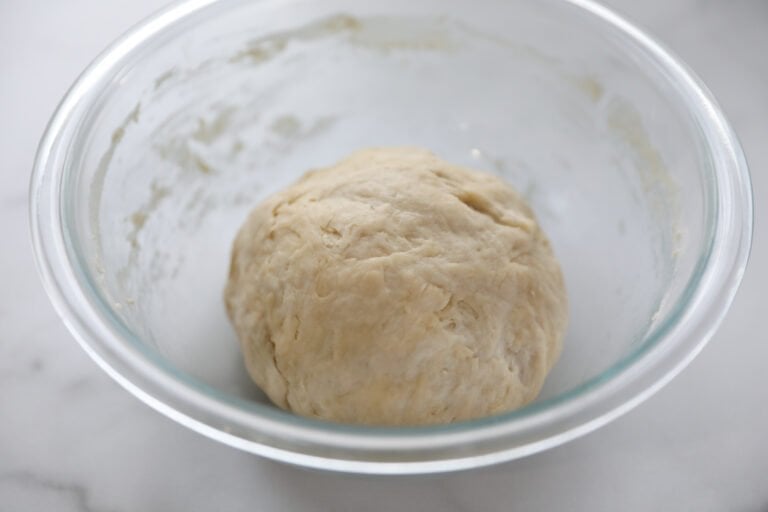
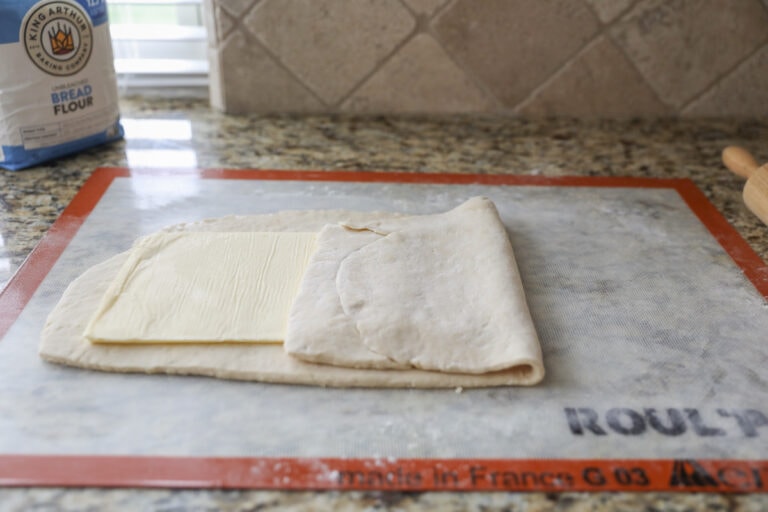
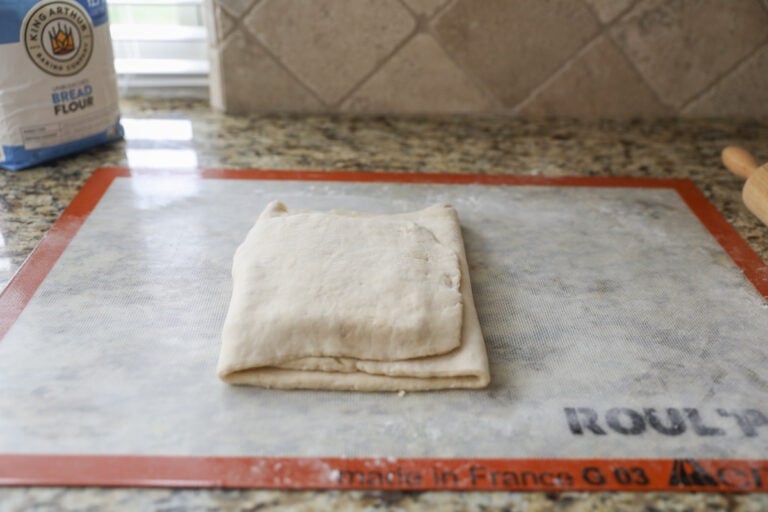
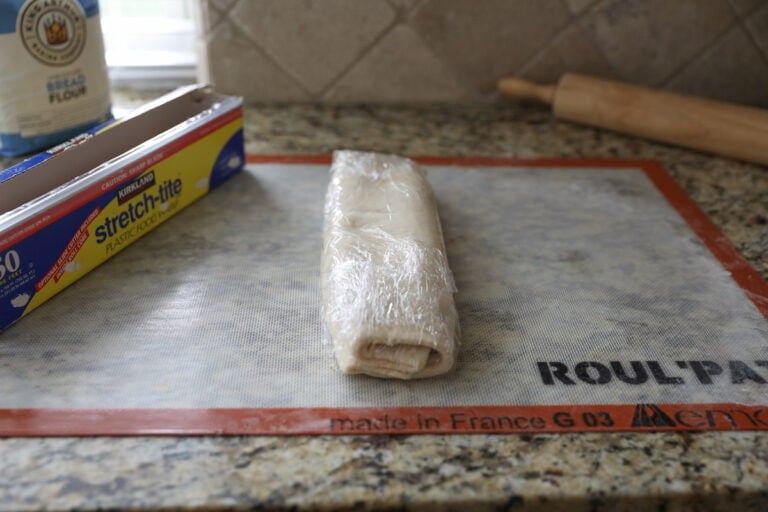

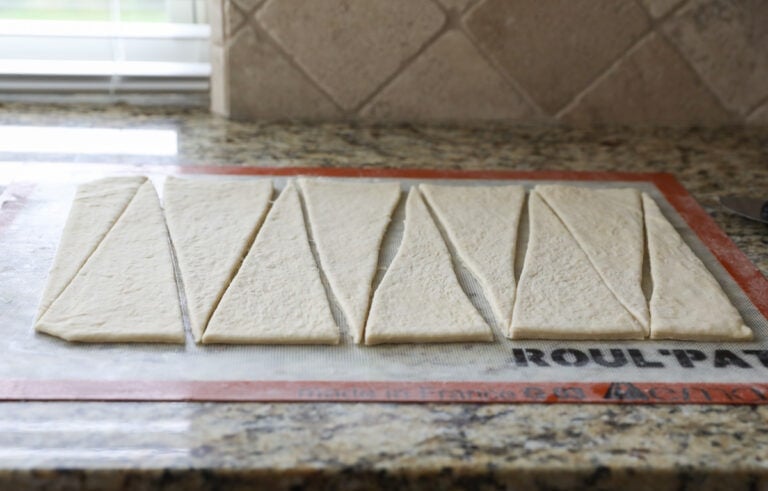
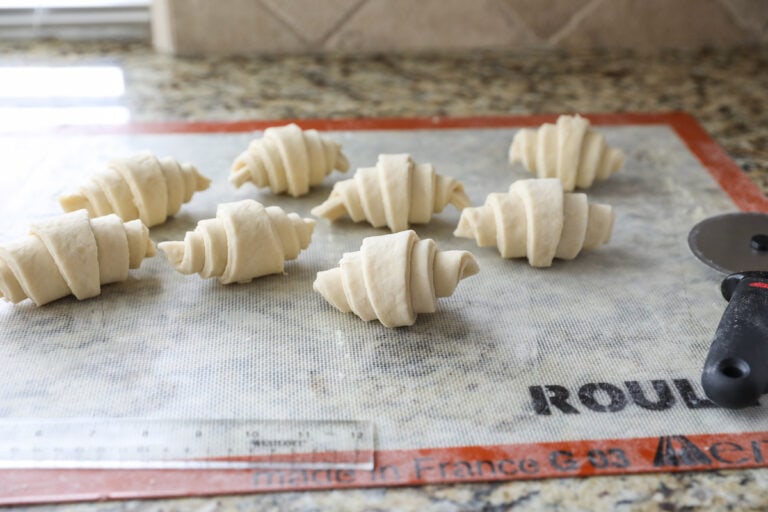
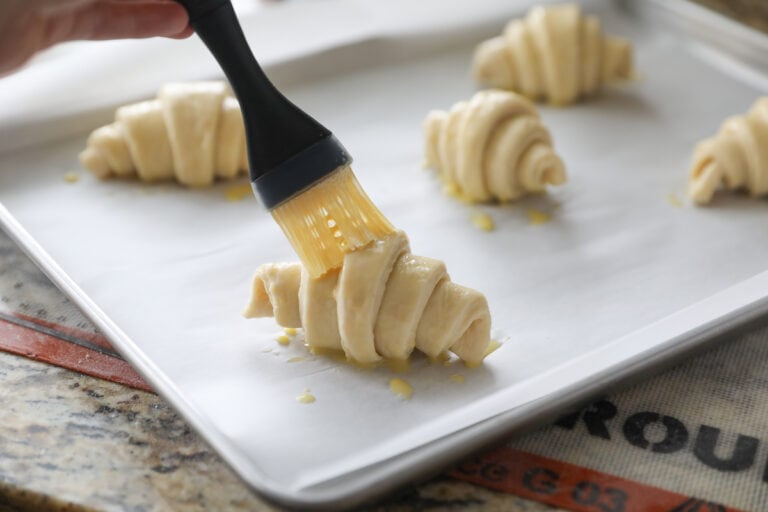

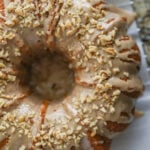



How can I make chocolate croissants? Can I put chocolate chips inside?
I made a double batch and made half with bittersweet chocolate. Amazing. My husband these homemade croissants to those we get from bakeries. Thank you.
Hey, so you wrote it takes 2 days to prep this. Total resting or rising time is 6 to 7 hours. So, I am wondering at what point did you stop and leave what you were doing in the refrigerator? If you started these in the morning, it seems like you would have enough time to make them in one day. I’m wanting them for dinner so should I start later in the day (the day before i want to serve them) and then at some point just leave them in the fridge to finish the next day? If so which step would that be? When they are already rolled up and ready to rise or when it’s folded like a book the last time?
Hope my question makes sense. Thanks!
Hi I’m a former french pastry chef,
I’d like to add that you should use 84% butter (not the 80%), why you should ask ? Because It’ll impact the honeycomb structure inside your croissants. If you can, (and I think it exists in the United States), try to get some butter for laminating process (beurre de tourage), it’s a special butter that we use for laminating dough such puff pastry and of course croissants.
Also it would have been great if you showed us the inside of your croissants, just for your readers to have an idea of the right structure inside it. (Here in France, when you pass your exams to become pastry chef, the judges cut your croissants and your are rated about the quality of your “honeycomb” structure).
Other than this, well done !
Thank you for the amazing tips! If I may, can you freeze them, and if so, what is the process?
Thank you,
Gary
I read many recipes before deciding to make Lauren’s Parisian Croissants. Instructions were easy to follow and the result flakey and delicious.
Notes: my goal was to make a croissant that I could freeze before baking, which would allow me to have them handy for a special occasion. I took 3 out of the freezer last night (covered w/plastic) to thaw in the fridge and then this morning followed the rising process as outlined in recipe (about 3 hours). Result was perfection.
I just made these and they turned out super flaky and delicious, just like the croissants I had when I lived in Belgium. I’ll be making these again. Thank you for the recipe and explanation of steps.
I used King Arthur all purpose flour and Danish Creamery European Butter.
Hi! I am making this recipe and I have a couple questions. First, am I proofing the yeast in the cup of warm water or a smaller amount? Second, is it better to refrigerate overnight? Thanks!!!
Love love love this croissant recipe! I found European butter (imported from France) at Trader Joe’s in an exact 250 gram block, score!
Can I freeze the rolled up croissants or refrigerate so I can proof and then bake the next morning? I want to make these for Christmas morning.
Yes, you can freeze them! But I would leave the croissants to defrost and rise overnight to bake the next morning.
Most grocery stores carry it.
Where would I get European butter?
Egg allergy question. Could I brush these with cream or extra butter instead of egg wash for browning?
Came out great but not as airy as the ones I get from my local bakery. Is that a mistake somewhere in my proofing? Or is this recipe not supposed to have as much of an open structure?
Overall they were a hit! I used the imported German butter and it had a great butter flavor. The blocks were conveniently exactly the right amount too.